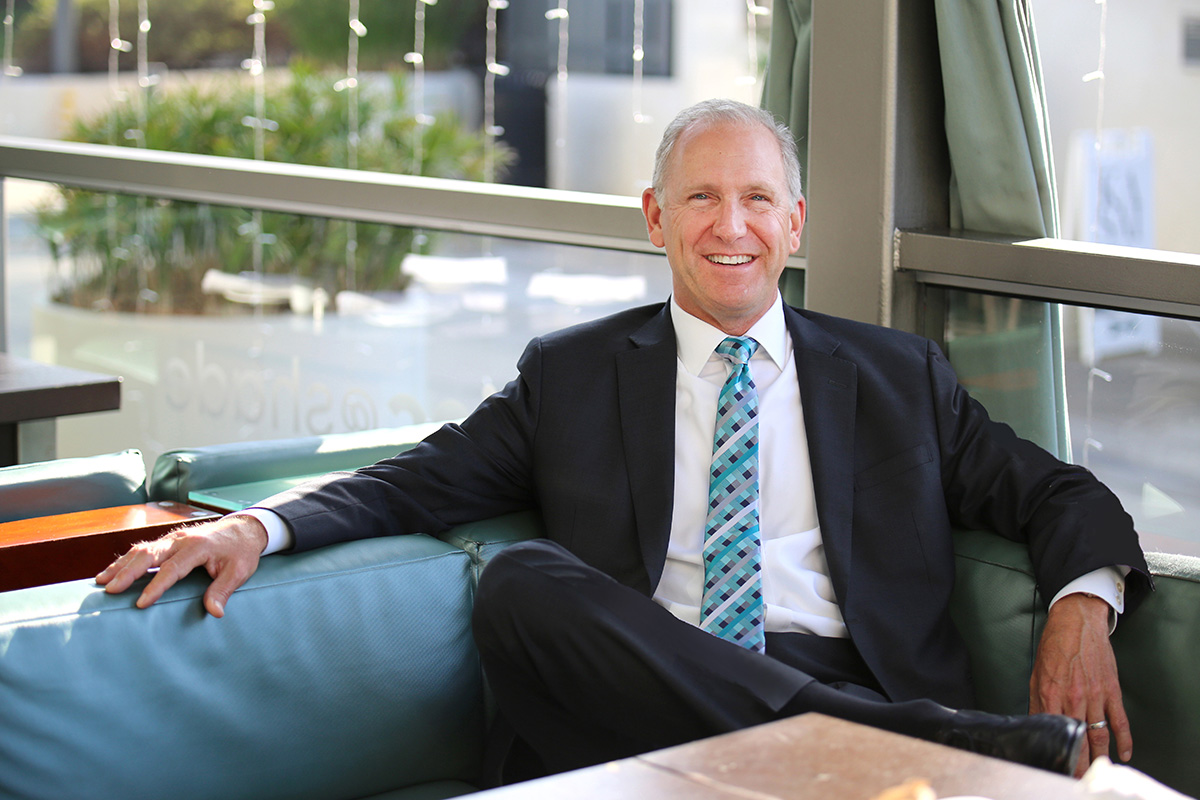Middle management development and change go hand in hand – but what kind of change? Change is underway, or being demanded of us, on multiple fronts. We have global change, change currently unfolding at the organizations where we work, and finally the change that each of us, or our organizations, must undergo in order to evolve to the next stage of development.
In light of all this change, leadership styles are changing as well. For many organizations, traditional styles of leadership yield diminishing results. In the past, a single person or small group could successfully lead an organization through the command and control strategy. Leaders could issue orders and expect their teams to comply, and then things could be reasonably expected to work out okay.
Today is different.
This present era of disruption, volatility, complexity and rapid change is pressing us to adapt with the times, and master the process of change, in order to become more creative, nimble and flexible.
How do leaders of organizations foster the change required to survive and thrive in today’s world?
General Stanley McChrystal is an outstanding example of a leader who successfully managed change and developed his mid-level officers into collaborative, high performance leaders during his tenure as commander of the Joint Special Operations Task Force in Iraq. Central to his effort was creating an environment favorable to trust and open communication.
Until that time, the US had largely been one of command and control leadership. The following story is a great example of how a leader can empower and develop mid-level leaders to become more collaborative, and organizations more adaptable and effective.
Making Joint Special Operations Adaptable and Collaborative
Upon taking command of the Joint Special Operations Task Force during the Iraq War, General McChrystal had a unique challenge on his hands: US Special Operations forces were better equipped and trained than Al Qaeda insurgents, and winning nearly every battle they fought… yet the US was still on a trajectory to lose the war.
The Al Qaeda network was decentralized and nimble. Situations evolved very quickly. Intelligence also emerged quickly and would need to be acted upon quickly – a pace that the Task Force struggled to get ahead of.
A key obstacle to beating the nimble, adaptive, and fast-moving Al Qaeda network lay in the Task Force’s culture. While each individual unit embodied trust, collaboration, and open communication within its own group, there was insufficient communication and trust among different units and agencies. They were siloed from each other, and therefore unable to respond nimbly, adaptively, and quickly to the enemy.
The group culture was highly competitive and could be boastful or even blustering at times – with individuals highly unwilling to be perceived as having made a mistake. Different units and agencies participating in the effort simply weren’t sharing enough with each other.
Leaders Go First: Modeling Desired Change
Recognizing the operational need for an organization that could outrun, outhink, and outmaneuver the enemy, Gen. McChrystal reimagined his Operational & Intelligence Morning Briefing from a daily ritual for select senior commanders and unit leaders, to a daily 2-hour intelligence sharing video conference open to every member of the Task Force, at every rank.
The daily video conference famously grew to thousands of individuals in attendance.
The purpose of the meeting was not for McChrystal to be able to micromanage his team, but to be able to facilitate information sharing, and his thinking process about how to approach challenges at hand – instead of attempting to solve problems himself. This approach empowered everyone on the team to share, take the initiative, and collaborate with teams outside their units.
McChrystal modeled the importance of the call by always being in attendance, and never rescheduling. The format of the call was strict. Each unit or agency leader had four minutes of time to share – the first minute was allotted for yesterday’s update, with the remaining three minutes for discussion of real-time issues at hand.
Listening, Not Judging or Making Decisions
Once opening the call to every member of the task force, at every rank, McChrystal aimed to make the call so full of valuable information that not a single person would want to miss it.
In order to foster trust among members of the team – especially unit and team leaders at the middle ranks – everyone who shared was encouraged to share all news, both good and bad.
McChrystal incentivized and rewarded this transparency by refraining from judgment and decision-making during the call, and treating all intelligence as a neutral observer. He even refrained from non-verbal physical cues expressing favor and disfavor. He spent each call intently listening to what people shared with the group.
The result of his demonstrated openness and non-judgmental response to all information shared, whether good or bad, over time encouraged more open sharing and transparency among participants on the call. The entire task force benefited.
The benefit stemmed not only from new information being shared across every unit and agency, but from McChrystal’s treatment of all information as valuable, and refraining from punishing contributors for sharing bad news.
Fostering Openness & Trust
Organizational change begins with people. Like General McChrystal’s example, change requires leaders to model openness, transparency, and trust in ways that elicit increased trust and collaboration from members of their team.
Having established an open and collaborative culture on the team, the next step is for leaders to invite people to freely pitch in ideas and solutions for challenges at hand. Junior-level leaders feel encouraged to provide feedback to senior leaders about current processes and organizational structures.
Finally, leaders can invite workforces to brainstorm and describe together just what the group’s ideal culture could be like, articulating what kind of company they would like to belong to.
Conclusion
In order to transform an organization into a place where high performance is the normal state of affairs, senior leaders (like General McChrystal at the beginning of this century) must begin by personally modeling the change they intend to achieve. Over time, this can initiate a process that develops junior leaders into collaborative, high performance leaders who can transform an organization according to a vision shared by all members of the team – including senior leadership.
Please get in touch with us if you are ready to explore the possibilities of creating a more open, trusting and collaborative culture.





